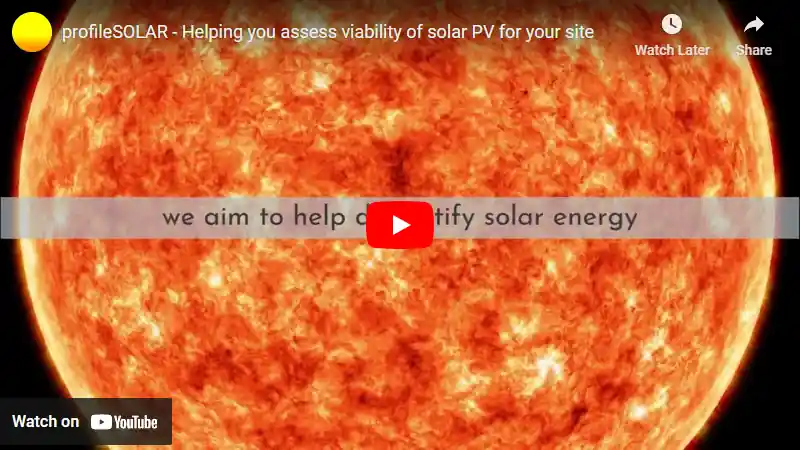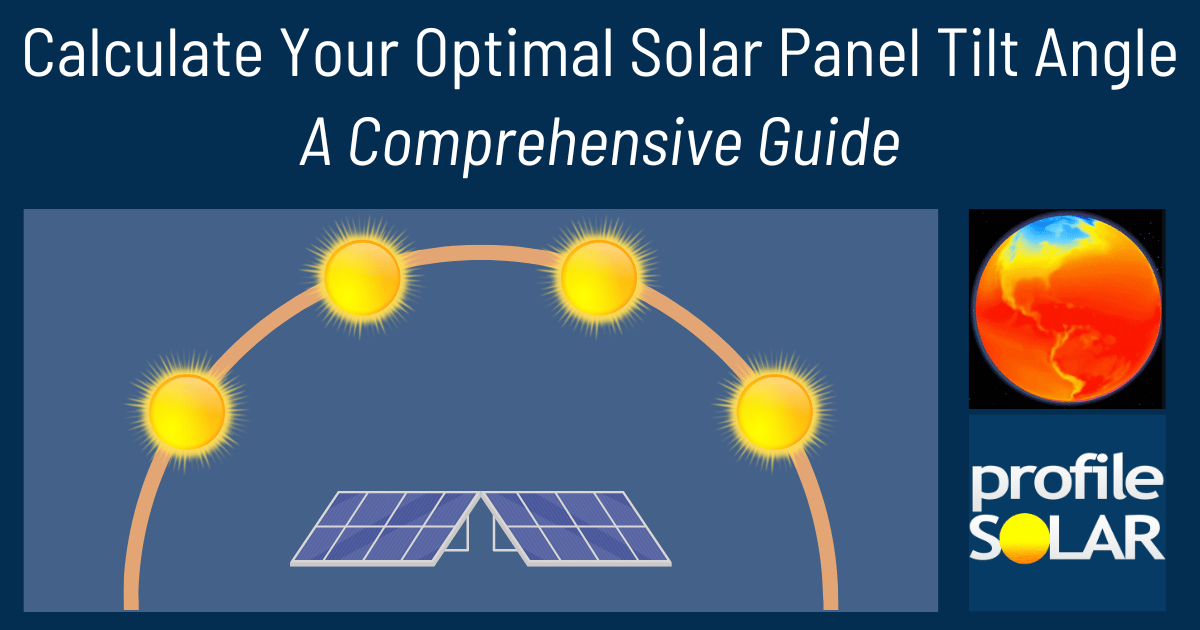

Sanctuary Point in New South Wales, Australia is a fairly good location for generating solar energy throughout the year. The amount of energy produced does vary by season, with the highest production occurring in summer and the lowest in winter.
In simple terms, a solar panel at this location can produce about 6.53 units of energy per day during summer for every unit of its maximum capacity (kW). This decreases to 4.32 units per day during autumn and drops further to 3.07 units per day during winter. However, it picks up again to around 5.75 units per day during spring.
The best time of year to generate solar power at this location would be summer due to longer daylight hours and more direct sunlight compared to other seasons.
For fixed panel installations here, tilting panels at an angle of 31 degrees towards North will help maximize overall yearly production from these panels because it aligns them better with the sun's path across the sky.
As far as environmental or local factors that might affect solar production are concerned - there could be some potential issues depending on specific site conditions such as shading from trees or buildings, dust or bird droppings on panels which can reduce their efficiency etc., but these are not unique to Sanctuary Point and can occur anywhere.
To mitigate these issues one could ensure that panels are installed away from shade-causing structures or trees if possible; regular cleaning can help maintain their efficiency by removing dust or bird droppings; using high quality durable panels can also help withstand harsh weather conditions like hail storms etc.; finally monitoring system performance regularly will allow any problems affecting output to be identified and addressed quickly.
Note: The Southern Temperate Zone extends from -35° latitude South down to -66.5° latitude.
So far, we have conducted calculations to evaluate the solar photovoltaic (PV) potential in 390 locations across Australia. This analysis provides insights into each city/location's potential for harnessing solar energy through PV installations.
Link: Solar PV potential in Australia by location
Become the exclusive sponsor for Sanctuary Point, Australia!
Solar output per kW of installed solar PV by season in Sanctuary Point
Seasonal solar PV output for Latitude: -35.1049834, Longitude: 150.6240074 (Sanctuary Point, Australia), based on our analysis of 8760 hourly intervals of solar and meteorological data (one whole year) retrieved for that set of coordinates/location from NASA POWER (The Prediction of Worldwide Energy Resources) API:




Ideally tilt fixed solar panels 31° North in Sanctuary Point, Australia
To maximize your solar PV system's energy output in Sanctuary Point, Australia (Lat/Long -35.1049834, 150.6240074) throughout the year, you should tilt your panels at an angle of 31° North for fixed panel installations.
As the Earth revolves around the Sun each year, the maximum angle of elevation of the Sun varies by +/- 23.45 degrees from its equinox elevation angle for a particular latitude. Finding the exact optimal angle to maximise solar PV production throughout the year can be challenging, but with careful consideration of historical solar energy and meteorological data for a certain location, it can be done precisely.
We use our own calculation, which incorporates NASA solar and meteorological data for the exact Lat/Long coordinates, to determine the ideal tilt angle of a solar panel that will yield maximum annual solar output. We calculate the optimal angle for each day of the year, taking into account its contribution to the yearly total PV potential at that specific location.

Seasonally adjusted solar panel tilt angles for Sanctuary Point, Australia
If you can adjust the tilt angle of your solar PV panels, please refer to the seasonal tilt angles below for optimal solar energy production in Sanctuary Point, Australia. As mentioned earlier, for fixed-panel solar PV installations, it is optimal to maintain a 31° North tilt angle throughout the year.
| Overall Best Summer Angle | Overall Best Autumn Angle | Overall Best Winter Angle | Overall Best Spring Angle |
|---|---|---|---|
| 19° North in Summer | 40° North in Autumn | 50° North in Winter | 29° North in Spring |
Our recommendations take into account more than just latitude and Earth's position in its elliptical orbit around the Sun. We also incorporate historical solar and meteorological data from NASA's Prediction of Worldwide Energy Resources (POWER) API to assign a weight to each ideal angle for each day based on its historical contribution to overall solar PV potential during a specific season.
This approach allows us to provide much more accurate recommendations than relying solely on latitude, as it considers unique weather conditions in different locations sharing the same latitude worldwide.
Topography for solar PV around Sanctuary Point, Australia
Sanctuary Point, Australia is situated in the region of New South Wales. The topography of this area is relatively flat with slight undulations. It's located near the coast with St Georges Basin to its north and Bherwerre Beach to its east.
The area is characterized by a mix of residential areas and natural vegetation, including forests and open green spaces. Being close to the sea means that it may be exposed to higher levels of salt in the air, which could potentially impact solar PV efficiency.
For large-scale solar PV installations, areas with a lot of open space and high sun exposure would be ideal. In Sanctuary Point's vicinity, these could potentially include:
1) Areas within or near Jervis Bay National Park: This park has vast open spaces that could potentially host large-scale solar farms while minimizing environmental impact.
2) Unused agricultural lands: If there are any unused or less productive agricultural lands in surrounding regions like Sussex Inlet or Nowra, they might also be suitable for such projects.
3) Industrial zones around Nowra: These areas often have large rooftops that can accommodate commercial-scale rooftop solar systems.
4) Near Shoalhaven River: There are several flatlands along this river which may prove suitable for setting up a solar farm as long as flooding risk is mitigated.
However, any decision on specific locations would need careful consideration of local environmental impacts (like potential effects on wildlife habitats), land use regulations, proximity to power grids for ease of transmission and local weather conditions (like cloud cover frequency).
Australia solar PV Stats as a country
Australia ranks 7th in the world for cumulative solar PV capacity, with 19,076 total MW's of solar PV installed. This means that 10.70% of Australia's total energy as a country comes from solar PV (that's 2nd in the world). Each year Australia is generating 742 Watts from solar PV per capita (Australia ranks 2nd in the world for solar PV Watts generated per capita). [source]
Are there incentives for businesses to install solar in Australia?
Yes, there are a variety of incentives available in Australia to businesses wanting to install solar energy. These include:
1. Renewable Energy Target (RET): The RET provides businesses with financial assistance for installing and operating renewable energy systems such as solar panels. Businesses may be eligible to receive certificates that can be sold or traded on the open market for additional income.
2. Feed-in Tariffs: Some states offer feed-in tariffs which pay businesses for generating and exporting excess electricity from their solar panel system back into the grid during peak demand periods.
3. Solar Credits: The Solar Credits program provides households and small business owners with an upfront discount when purchasing a new solar system, based on the amount of renewable energy generated by the system over its lifetime.
4. Tax Breaks: Small business owners may be able to claim tax deductions on certain expenses associated with installing a solar power system, including installation costs, maintenance expenses and interest payments related to financing arrangements taken out specifically for this purpose.
Do you have more up to date information than this on incentives towards solar PV projects in Australia? Please reach out to us and help us keep this information current. Thanks!
Feeling generous?

Share this with your friends!


Compare this location to others worldwide for solar PV potential
The solar PV analyses available on our website, including this one, are offered as a free service to the global community. Our aim is to provide education and aid informed decision-making regarding solar PV installations.
However, please note that these analyses are general guidance and may not meet specific project requirements. For in-depth, tailored forecasts and analysis crucial for feasibility studies or when pursuing maximum ROI from your solar projects, feel free to contact us; we offer comprehensive consulting services expressly for this purpose.
Helping you assess viability of solar PV for your site
Calculate Your Optimal Solar Panel Tilt Angle: A Comprehensive Guide
Enhance your solar panel's performance with our in-depth guide. Determine the best tilt angle using hard data, debunk common misunderstandings, and gain insight into how your specific location affects solar energy production.

.svg)





